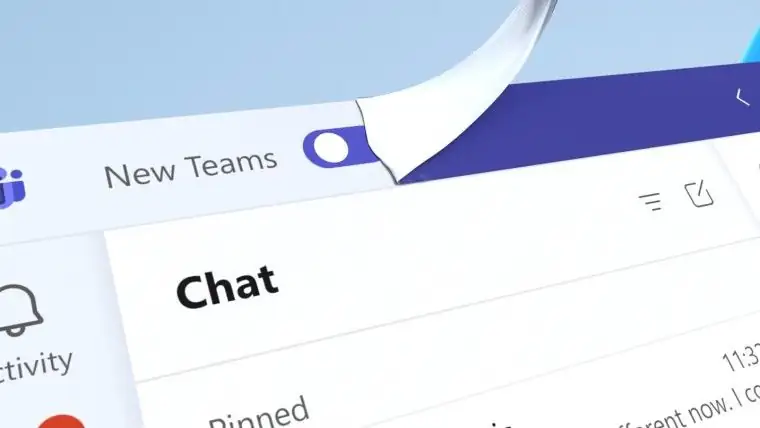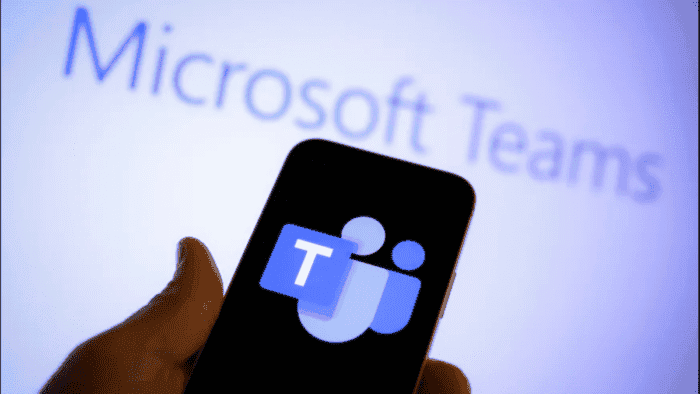Microsoft launched a newly designed Teams application for Windows and macOS platforms in October 2023. Microsoft recommended that users switch to the new version of the interface. However, users could also choose to continue using the classic version of the Teams application at that time. The company subsequently issued a statement in November 2023, announcing that users using the classic Teams application will automatically update to the new Teams application after March 31, 2024.

Microsoft updated its support documentation again today, announcing that it will postpone the automatic update time to July 1, 2024. The company said in its blog post
“We’re aware of the concerns around our timeline. Classic Teams users who have encountered issues moving to new Teams or who don’t meet the prerequisites to upgrade will still have access to the classic Teams client until July 01 2024 at the earliest. This will give admins more time to address any issues encountered during the process.”
Microsoft said that the reason for delaying the upgrade is that some users encountered problems when migrating to the new version of Teams, or some devices are not eligible for upgrade. Microsoft said it would delay the upgrade to provide business administrators with more time to resolve issues encountered when switching from the classic version of Teams to the new version.

Conclusion
In conclusion, Microsoft’s decision to postpone the automatic update of the Teams application from the classic version to the new version reflects its commitment to addressing user concerns and ensuring a smooth transition process. By extending the deadline to July 1, 2024, Microsoft acknowledges the challenges users and administrators may face during migration, particularly with compatibility issues and technical glitches.
This proactive approach demonstrates Microsoft’s responsiveness to user feedback and its dedication to providing a seamless user experience. By granting additional time for administrators to resolve any issues encountered during the transition, Microsoft aims to minimize disruptions and facilitate a successful upgrade for all users.
Overall, this decision underscores Microsoft’s customer-centric approach and its ongoing efforts to enhance the functionality and usability of its software platforms, ensuring that users can leverage the full potential of Teams for collaboration and productivity.





